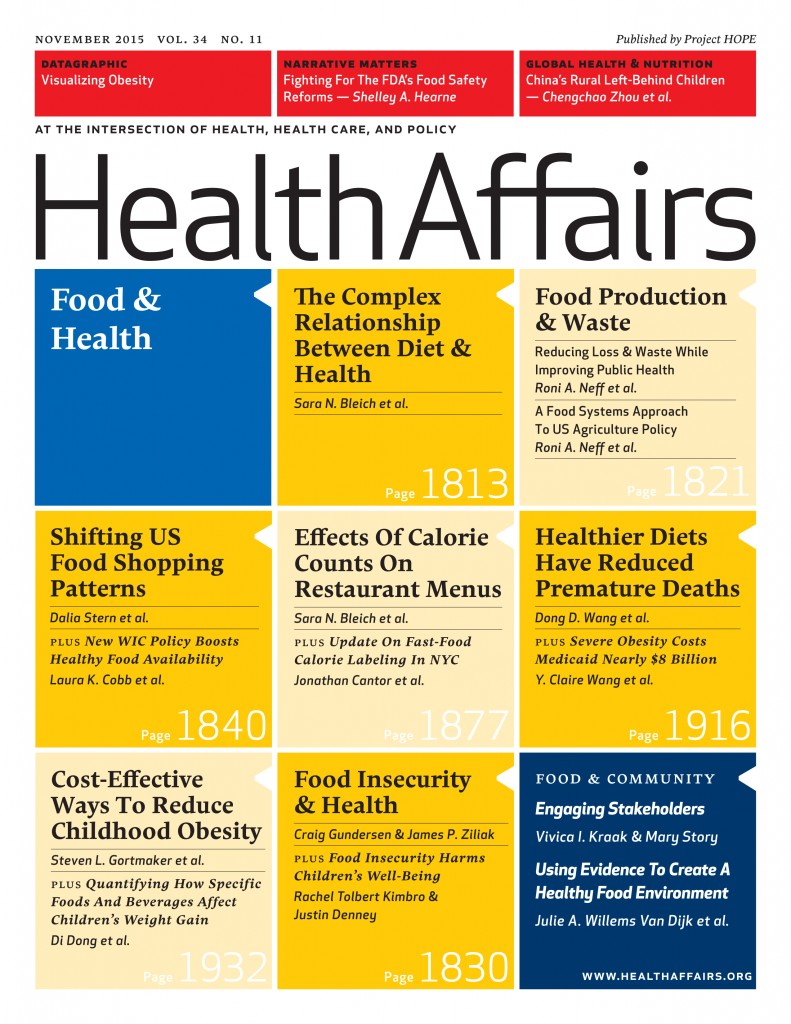Walmart’s healthier food initiative did not improve healthfulness of purchases, study finds
November 2, 2015
In recent years, more food retailers – including Walmart, Kroger and Safeway – have introduced initiatives to help consumers make healthier choices.
Three researchers from the UNC Gillings School of Global Public Health have conducted the first independent evaluation of whether a retailer-based healthier foods initiative actually improved the types and nutritional quality of foods purchased in-store.
They found that such initiatives do not necessarily improve the nutritional profile of food purchases.
The full article, titled “Gains Made By Walmart’s Healthier Food Initiative Mirror Preexisting Trends,” was published in the November issue of Health Affairs.
The authors are Lindsey Smith Taillie, PhD, research assistant professor, Shu Wen Ng, PhD, research associate professor, and Barry M. Popkin, PhD, W.R. Kenan, Jr. Distinguished Professor, all faculty in the Department of Nutrition at the Gillings School.
Using a nationally representative data set of packaged food purchases made by households in the United States, the researchers examined the effect of a healthier food initiative officially launched by Walmart in 2011.
Walmart is the largest food retailer in the country. 80 percent of U.S. households shopped for food there at least once in 2012. In the past, Walmart has been linked to less-healthy purchases and a higher prevalence of obesity among customers.
The chain’s initiative included product reformulation, strategic price cuts and front-of-package icons to indicate healthier foods.
Between 2000 and 2013, purchases of packaged foods at Walmart revealed significant decreases in energy, sodium and sugar density as well as in quantities of sugary beverages, grain-based desserts, snacks and candy.
The trends in packaged food purchases were more pronounced than similar trends seen during the same time period at other major food retailers.
 However, the declines seen at Walmart after the official launch of the 2011 healthier food initiative did not exceed what would have been expected had pre-implementation trends continued. Therefore, the changes cannot be attributed to the initiative.
However, the declines seen at Walmart after the official launch of the 2011 healthier food initiative did not exceed what would have been expected had pre-implementation trends continued. Therefore, the changes cannot be attributed to the initiative.
The authors note that other limitations, such as their inability to examine Walmart-brand products or certain targeted nutrients like trans fat and added sugar, could make it more difficult to detect the initiative’s effects.
Overall, the study results suggest that retailer–based initiatives that attempt to create a healthier food environment may not suffice to improve the nutritional profile of household-level food purchases. Some experts have questioned whether these initiatives are actually a marketing tool used to drive additional customers to a store.
The authors also found that the healthier food initiative was not linked to a reduction in disparities in the healthfulness of purchases by race/ethnicity or socioeconomic status. They reference another recent study that found educational differences – not changes in store offerings – are the principle driver of disparities in the nutritional qualities of food purchases.
Thus, the study concludes that, while food retailers should be encouraged to continue efforts to create healthier food environments, systematic initiatives to shift underlying food preferences may be needed.
.
Gillings School of Global Public Health contact: David Pesci, director of communications, (919) 962-2600 or dpesci@unc.edu



